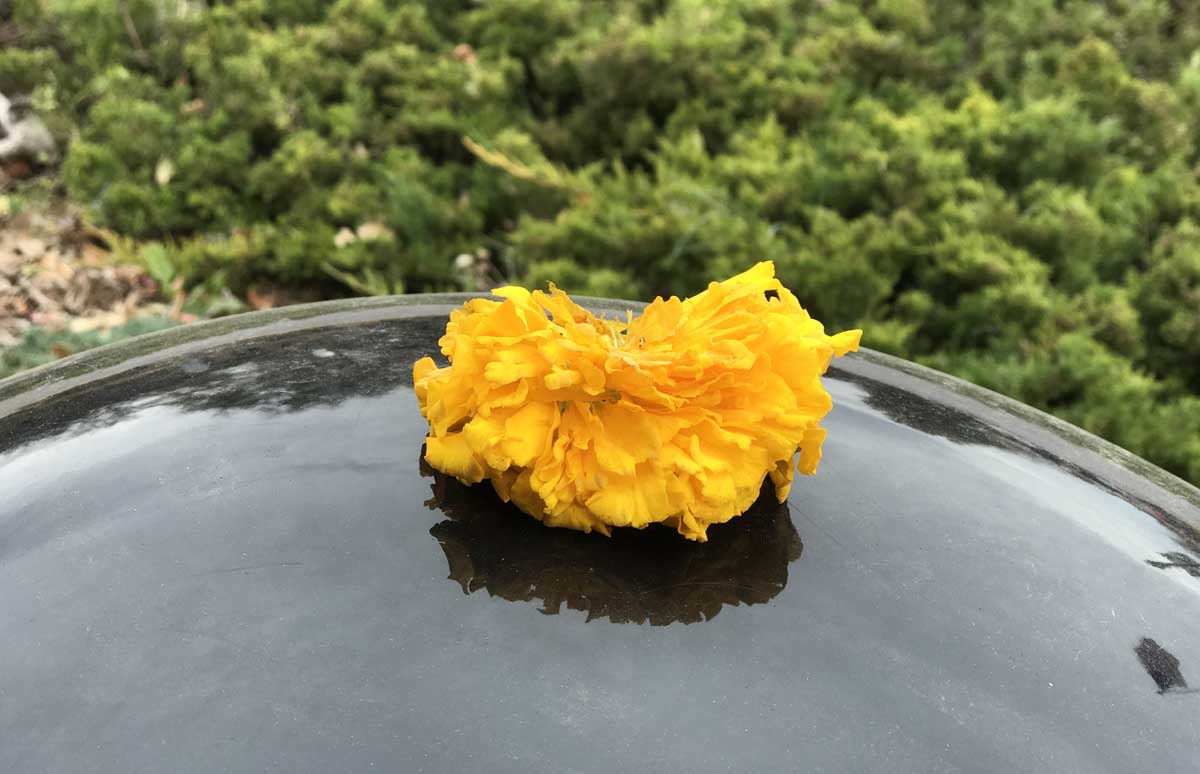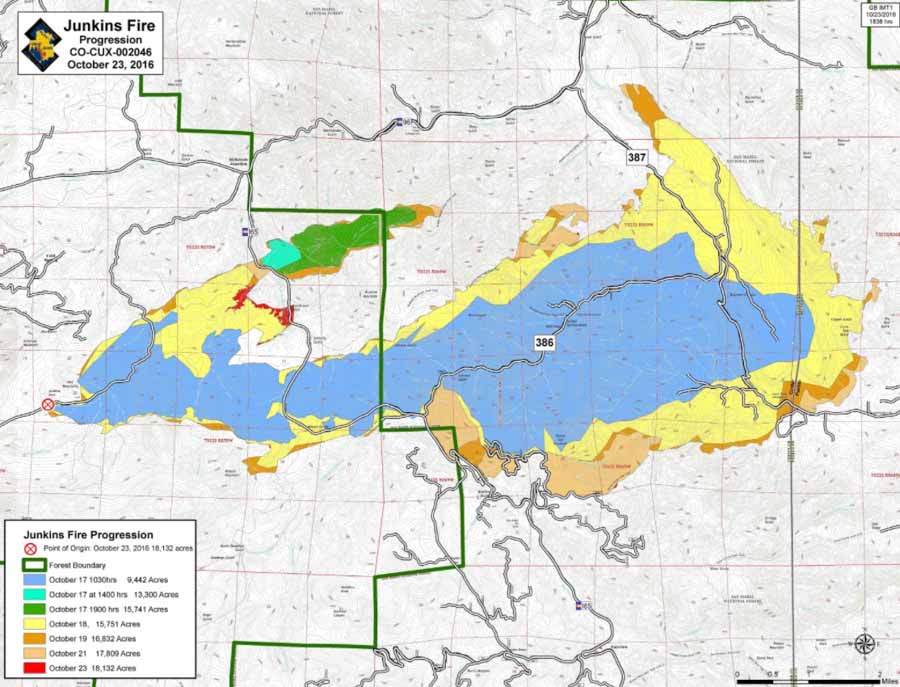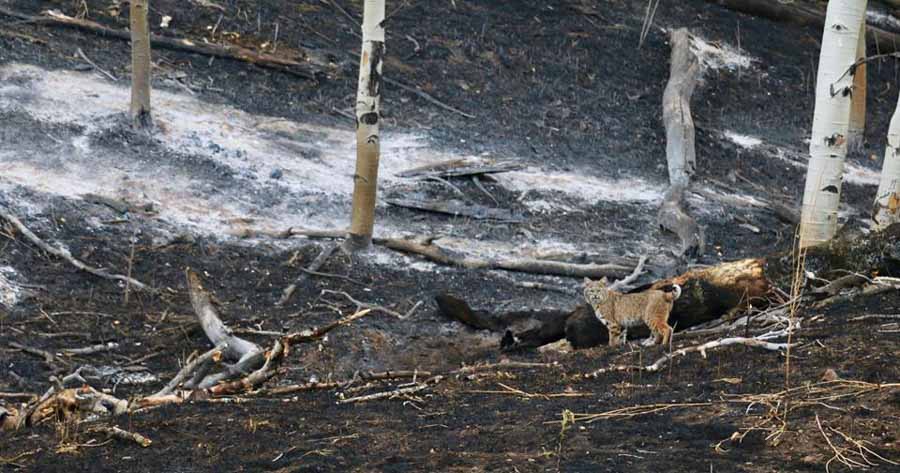
In 1932 Robinson Jeffers published a book of poetry titled Thurso’s Landing and Other Poems that was set in the central coast region of California. One poem in particular was written about a vegetation fire — possibly the Matilija Fire that burned 220,000 acres that year which is the fifth largest recorded fire in the state.
The deer were bounding like blown leaves
Under the smoke in front the roaring wave of the brush-fire;
I thought of the smaller lives that were caught.
Beauty is not always lovely; the fire was beautiful, the terror
Of the deer was beautiful; and when I returned
Down the back slopes after the fire had gone by, an eagle
Was perched on the jag of a burnt pine,
Insolent and gorged, cloaked in the folded storms of his shoulders
He had come from far off for the good hunting
With fire for his beater to drive the game; the sky was merciless
Blue, and the hills merciless black,
The sombre-feathered great bird sleepily merciless between them.
I thought, painfully, but the whole mind,
The destruction that brings an eagle from heaven is better than mercy.
I have to admit — my six-second attention span rarely allows me to concentrate on the content of a poem that is more than a few lines long, but a couple of phrases stood out; Beauty is not always lovely, and in describing an eagle, Insolent and gorged, cloaked in the folded storms of his shoulders.
Mr. Jeffers led a very interesting life, coining the word inhumanism, the belief that mankind is too self-centered and too indifferent to the “astonishing beauty of things.” He briefly studied forestry at the University of Washington, had a scandalous affair with a married woman that was reported in the LA Times, and published many highly acclaimed books. But after writing about his staunch opposition to the United States’ entering World War II critics turned against him.
His work inspired photographers, as evidenced in the book by Morley Baer, Not Man Apart: Photographs of the Big Sur Coast juxtaposed with Mr. Jeffers’ poetry.
He passed away in 1962 in Carmel, California.
Thanks and a tip of the hat go out to Walt.











